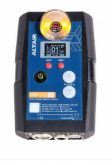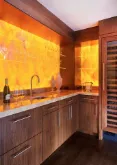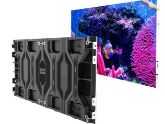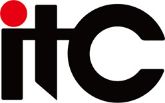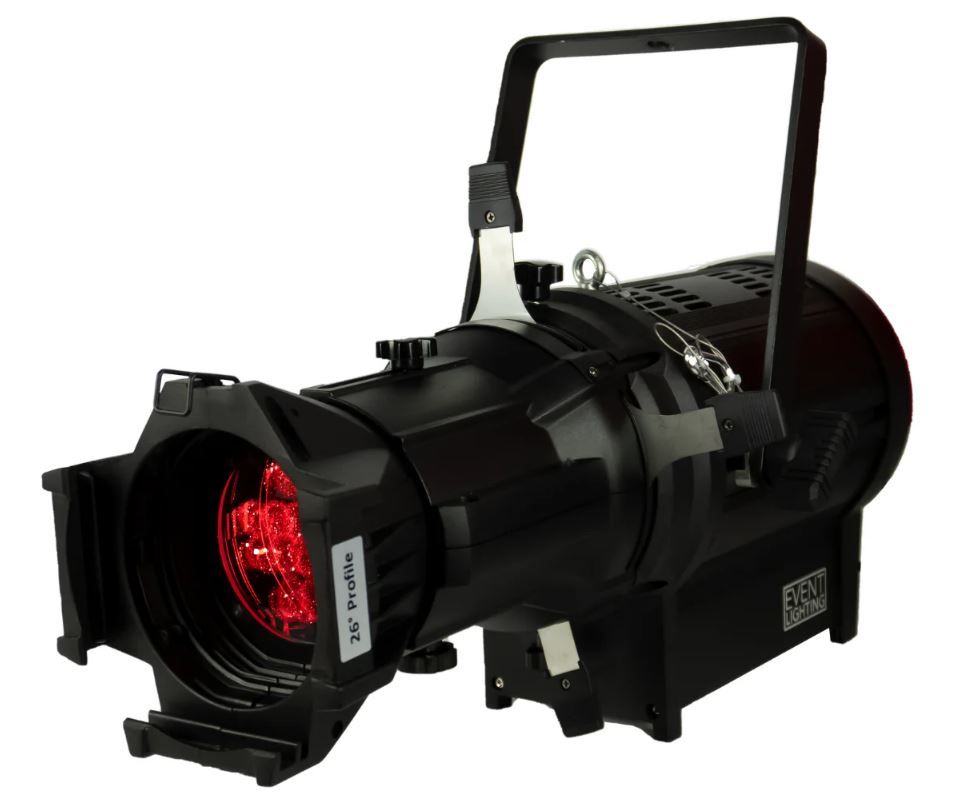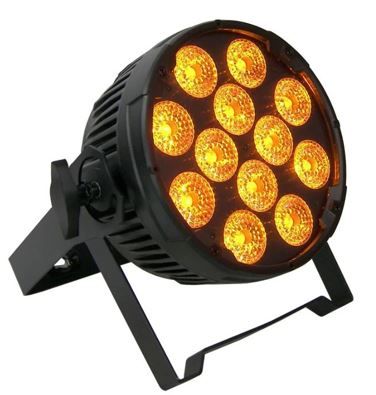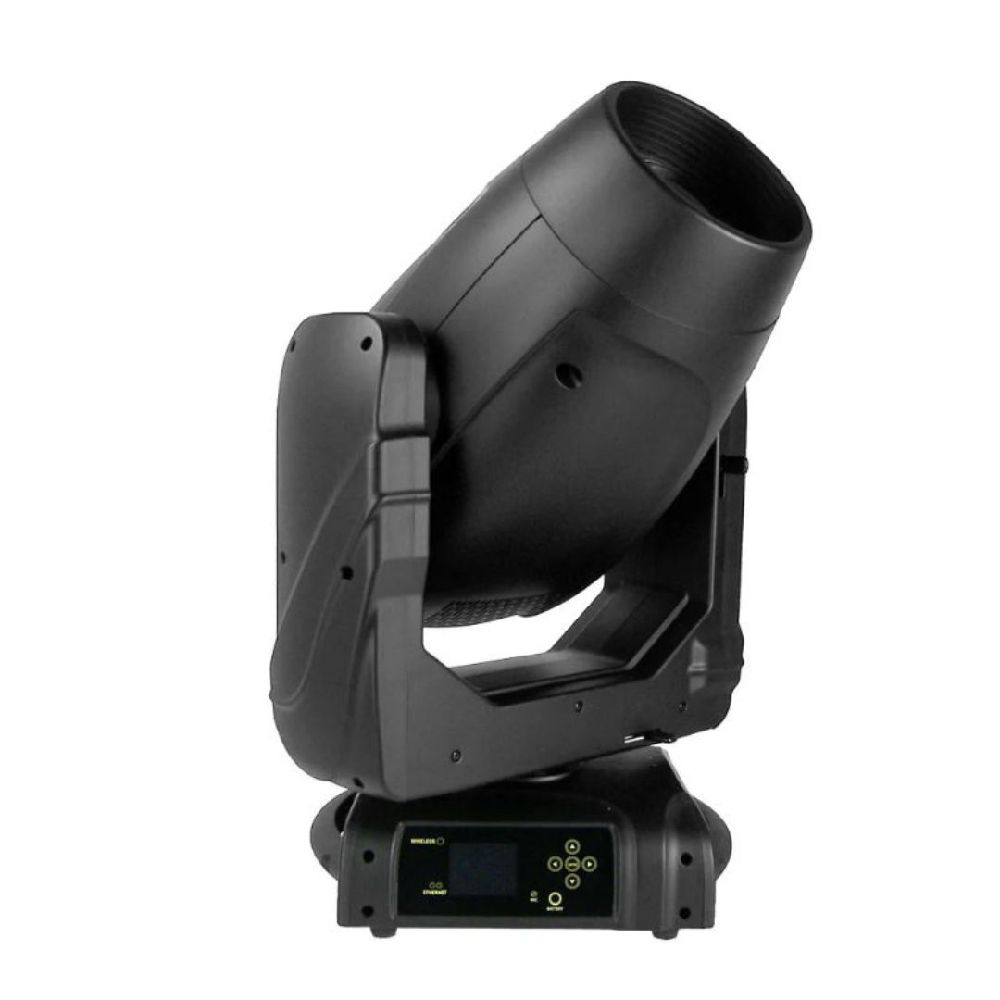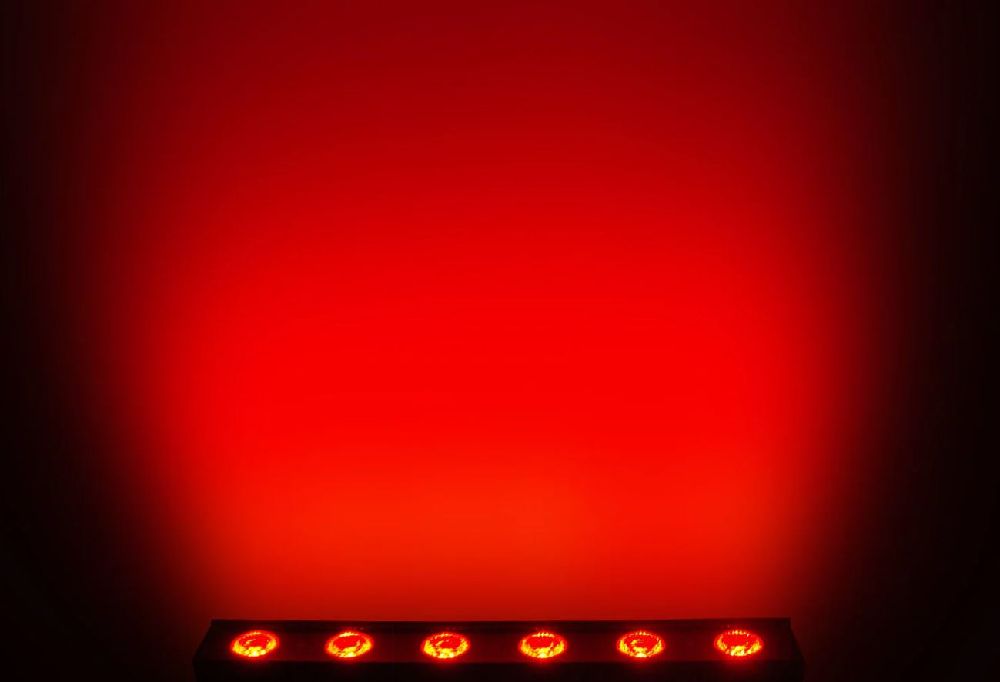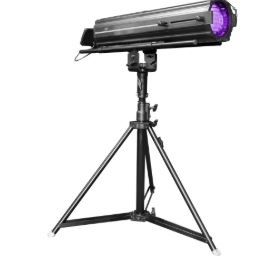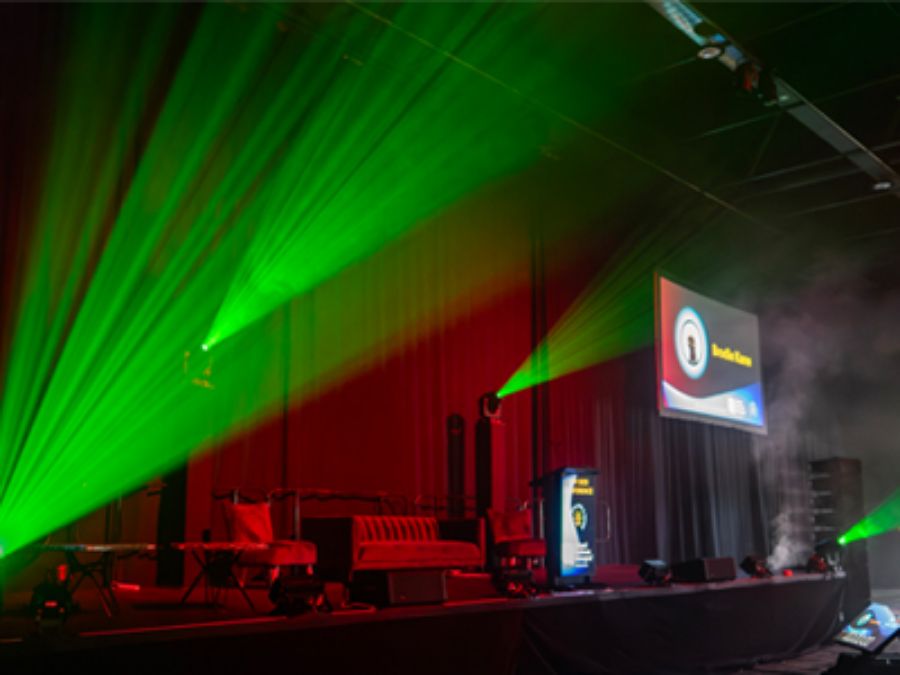
Stage lighting is a cornerstone of any school performance in New Zealand, from school plays to kapa haka festivals. Whether you're setting up for a drama production, a musical, or a cultural event, understanding the basics of stage lighting can lift your performance's professionalism and enjoyability. This guide, inspired by expertise from Edwards Sound, Lighting & AV covers affordable stage lighting setup, installation, and types of systems, tailored for New Zealand schools looking to create captivating live performances.
What’s the Purpose of Stage Lighting in Schools?
Lighting is used to help tell a story or subconsciously shift and lead the audiences' focus without realizing they are being led. Think about how harsh white lighting could make you feel uncomfortable as opposed to warm light that softens the atmosphere.
Light tells you where to look and focus and is more than jut illumination, it is crafting a separate interwoven story.
Stage lighting serves multiple purposes in school productions, enhancing both the visual and emotional impact of performances. There is also a benefit to the students in gaining event experience.
Here’s how it contributes:
Primarily, the students get to experience lighting and event design first hand, learning skills and gaining knowledge they can use later in life, particularly if they want to work in the AV, events, live production, TV or theatre industries.
Then, you get the benefit of utilising lighting that is fit for purpose and really lift the level of the school productions.
- Illumination: Lighting ensures performers, props, and sets are clearly visible to the audience. Proper illumination is crucial for showcasing facial expressions and movements, especially in larger school halls where audience members may be seated far from the stage. For example, insufficient lighting can obscure a student’s performance in a school play, diminishing the audience’s experience.
- Directing Attention: Lighting guides the audience’s focus. A spotlight can highlight a solo performer during a school concert, while a wash—a broad, even layer of light—sets a foundation for larger group performances like choir or dance.
- Setting the Scene: Lighting creates visual effects to support storytelling. For instance, moving lights can simulate a sunrise for a morning scene in a school play, or a backlit cyclorama can evoke a starry night for a cultural performance.
- Controlling Mood: Lighting shapes the emotional tone. Warm, soft lighting can enhance a joyful scene in a school musical, while cool, dim hues might underscore a poignant moment in a drama. Colours like blue evoke calmness, while red conveys intensity, aligning with the performance’s narrative.
Stage Lighting Terminology for Schools
Understanding key terms is valuable knowledge for school staff and students managing stage lighting:
- Wash: A broad, even spread of light, typically created by floodlights, to cover the entire stage for group performances like school assemblies.
- Intensity: The brightness level of a light. Adjusting intensity is key for creating focus or mood, such as dimming lights for a quiet scene.
- Diffusion: Softening light to reduce harshness, often using diffusion material. This is useful for creating gentle washes in school plays.
- Barndoors: Adjustable metal flaps on a lantern to shape light and prevent spill into unwanted areas, ideal for precise lighting in small school stages.
- Shutters: Built-in metal plates in zoom-spots or profiles (ellipsoidal lanterns) to shape and block light, perfect for focusing on specific performers.
- Gobo: A patterned disc that projects patterns, shapes or textures, like stars or foliage, to enhance school production visuals.
- Cyclorama (Cyc): A curved backdrop lit to create scenic effects, commonly used in New Zealand schools for cultural or theatrical performances.
- DMX (Digital Multiplex): The most common lighting control protocol used in controllers and lights. Most light fixtures have a DMX address and the controller can send instructions directly to that light to set its colour, intensity and position (if it is a moving light).
Types of Stage Lighting Fixtures for Schools
New Zealand schools need reliable, versatile lighting fixtures suited to their budgets and spaces. We've already discussed the tradeoff between "cheap lights" and "affordable quality" lighting that Edwards Sound, Lighting & AV offers, and you can view the range of affordable professional lighting solutions tailored for educational settings, including the lights below:
- Profile, Spotlight or Ellipsoidal Reflector Spotlight (ERS): Produces a sharp, focused beam ideal for front lighting of any lectern or performer, and in school plays. Adjustable focus, shutters, and compatibility with gels and gobos make it versatile for precise lighting designs. Available in coloured and variable white designs.
- Fresnel: Features a stepped diffusion lens for soft-edged beams, perfect for stage washes in school concerts, broad front lighting and/or focused lighting with a gentle fade for dramas. You can replace these with moving washlights for a more dynamic stage lighting setup.
- PAR Can: Simple, (previously a sealed-beam light similar to car headlights but all LED now), used for broad washes or coloured lighting and uplighting pillars, ceilings and artwork. LED PAR cans are popular in schools and any theatre stage for energy savings.
- Moving Light: Multipurpose motorised light that can be a stage wash and/or profile (or Hybrid wash and spotlight) whose beam can be focused, coloured, zoomed and directed anywhere it is needed, fast. These can be used as a versatile front light, special effects, as well as being handy for the school disco.
- Floodlight: Provides wide, even light without lenses, ideal for illuminating any stage, backdrops or large groups in school assemblies. These are also great TV and video studio lighting fixtures with the tuneable white light and special dimming curves.
- Cyc Light: Designed to evenly light cycloramas, creating seamless backdrops for school cultural performances or plays.
- Strip Light: A row of LED lamps for broad colour washes or colour mixing, often used in schools to add vibrant backgrounds for events.
- Followspot: A manually operated spotlight for tracking moving performers, such as during a solo in a school talent show. Operators can adjust beam size, intensity, and colour in real time.
Lighting Positions in School Halls and Auditoriums
Being aware of the basics of lighting positions is helpful for effective stage lighting in New Zealand schools:
- Front Lights: The primary light source, providing a wash to illuminate performers’ faces. Essential for visibility in school halls but can flatten appearances without additional lighting.
- Backlighting: Positioned behind performers to add depth and separate them from the background. PAR cans are effective here, enhancing school productions with colourful effects.
- Downlighting: Shines from above, either straight down or angled, to add dimension. Often used in schools to highlight key performers or areas.
- Side and High Side Lighting: Illuminates from stage edges, with high side lights focusing on heads and shoulders to enhance facial expressions, crucial for drama or kapa haka performances.
Lighting Colours and Textures for School Productions
Colour and texture are powerful tools for New Zealand schools to enhance performances:
- Colour Options:
- Monochromatic: Using shades of one colour, like blue, for a cohesive look in a school play’s sad scene.
- Complementary: Pairing opposites like red and green for contrast, ideal for dynamic school concerts.
- Triads: Combining three colours (e.g., red, blue, green) for variety in cultural performances.
- Adjacent Colours: Blending colours like blue and green for smooth transitions in school musicals.
- Warm/Cool Tones: Warm colours (red, orange) for lively scenes; cool tones (blue, purple) for calm or sombre moments.
- Textures: Gobos project patterns like leaves or windows, transforming minimal school sets into immersive environments, such as a forest for a drama or a cityscape for a dance.
The Control Center: Choosing the Right Controller
The lighting controller is the "brain" of the system. Choosing the right one is key for ease of use by students and teachers, maximizing educational value, and ensuring the system can grow with the school.
The Power of DMX: Precision and Future-Proofing
DMX (Digital Multiplex) is the industry standard for professional lighting control. It allows precise control over many lights from a single console, making it easy to create dynamic lighting designs. DMX systems are scalable and expandable, meaning we can easily add new lights as needed. Learning DMX gives students a foundational, industry-standard skill directly transferable to professional theatre, AV, and live production environments.
Easy-to-Use Yet Professional Options
We need controllers that are easy for students and teachers to learn, yet still offer professional capabilities. The Wolfmix provides a powerful controller for simpler shows and requirements, while options like the Chamsys QuickQ series and LSC Lighting Mantra Lite are perfect for schools wanting to take their lighting more seriously. They have intuitive interfaces (like a smartphone touchscreen) but still use DMX, the professional standard. This balance makes them accessible for beginners while providing a clear path for students who want to develop deeper technical skills.
There are very simple DMX controllers available if you only need simple cues and some dimming channels and have less channels to control overall, but they are limited and you might end up frustrated if more lights are added.
Planning Stage Lighting for School Productions
Lighting design for school performances starts with understanding the production’s needs, but if it's divided into 6 sections that can usually be used year after year as the basis for the lighting design and not requiring a lot of moving of fixtures:
- Script Analysis: Review the script or performance plan to identify key moments, characters, and settings requiring specific lighting.
- Stage Division: Divide the stage into areas for independent lighting control. For example, a school play may need a central area for dialogue and side areas for ensemble scenes.
- Colour Planning: Decide on warm, cool, or neutral lighting for each area, adjusting for mood or symbolism. For instance, a kapa haka performance might use bold red lighting to reflect cultural strength.
- Installation: Work with professionals like Edwards Sound, Lighting & AV for safe, efficient lighting setup tailored to school auditoriums. They provide installation services ensuring compliance with New Zealand safety standards.
Why Choose Edwards Sound, Lighting & AV for New Zealand Schools?
Edwards Sound, Lighting & AV (www.edwardsnz.co.nz) specializes in affordable professional stage lighting solutions for New Zealand school stages, offering:
- Customised Systems: Tailored lighting setups for school budgets and spaces, from small drama rooms and school halls to large auditoriums.
- LED Technology: Energy-efficient LED lanterns and PAR cans, reducing costs for schools.
- Professional Installation: Safe, compliant installations to ensure reliable performance during school events.
- Support and Training: Guidance for school staff and students on operating lighting systems, empowering schools to manage their own productions.
Conclusion
Knowing even a little bit about the basics of stage lighting will help New Zealand schools aiming to deliver impactful performances. From illuminating performers to setting the mood, the right lighting enhances every school play, concert, or cultural event. By partnering with experts like Edwards Sound, Lighting & AV, schools can access affordable professional-grade equipment and support to bring their productions to life. Whether you’re new to stage lighting or refining your setup, these fundamentals will help create memorable experiences for students and audiences alike and by applying basic theatrical protocol the experience provided to the students will be applicable in the real world when they leave.
Contact us
Contact Edwards today for a discussion and advice around your lighting needs.

